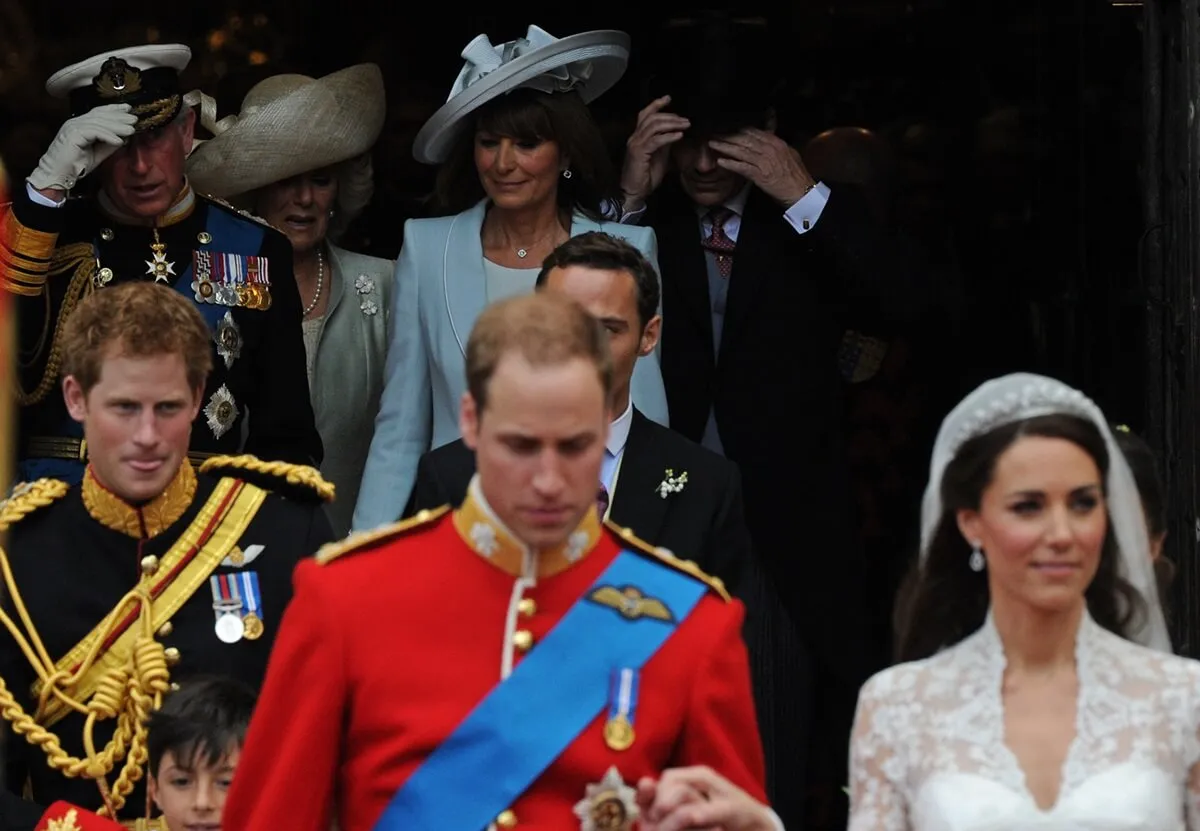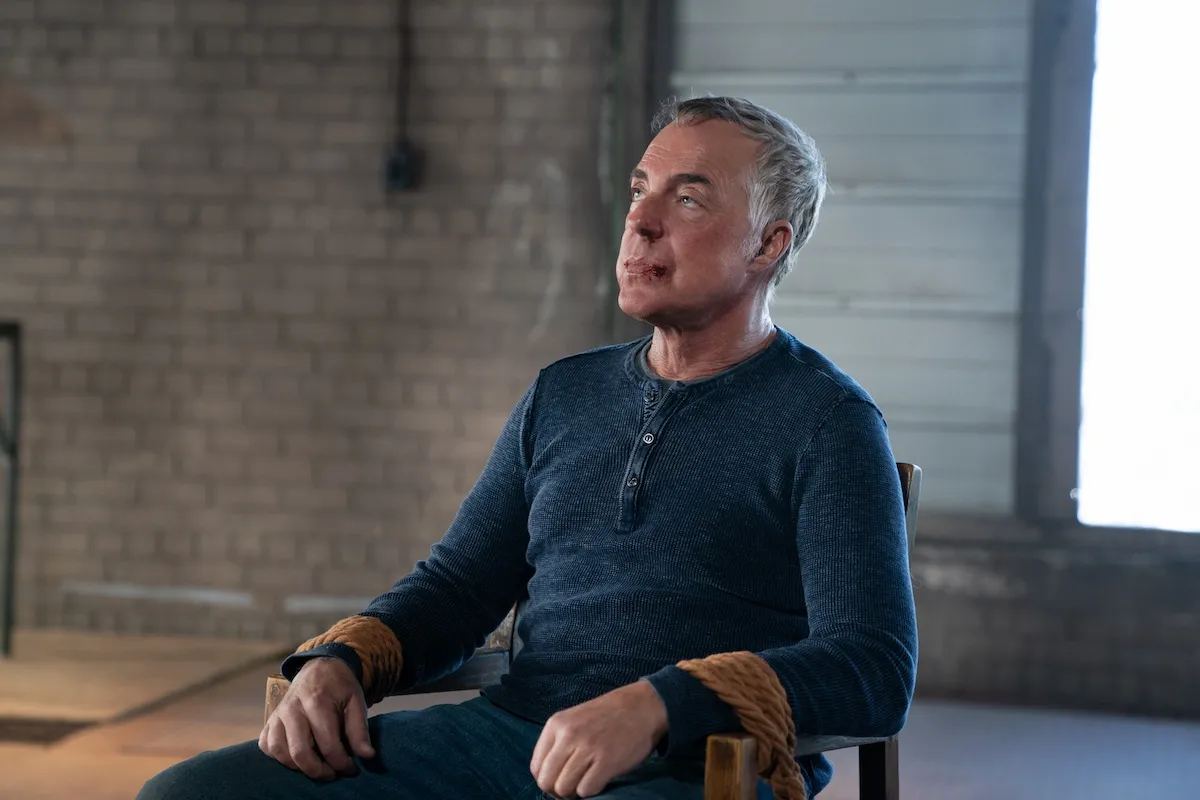‘All in the Family’: Carroll O’Connor Was ‘Difficult and Often Abusive,’ the Show’s Exec Producer Said
When Carroll O’Connor took on the role of Archie Bunker on All in the Family, show creator Norman Lear couldn’t have imagined that some of the character’s stubbornness would seep through into O’Connor himself.
But it did. And the difficulty of working with the actor, who was both protective and possessive of the character of Archie Bunker, affected not only Lear but the show’s writers as well.
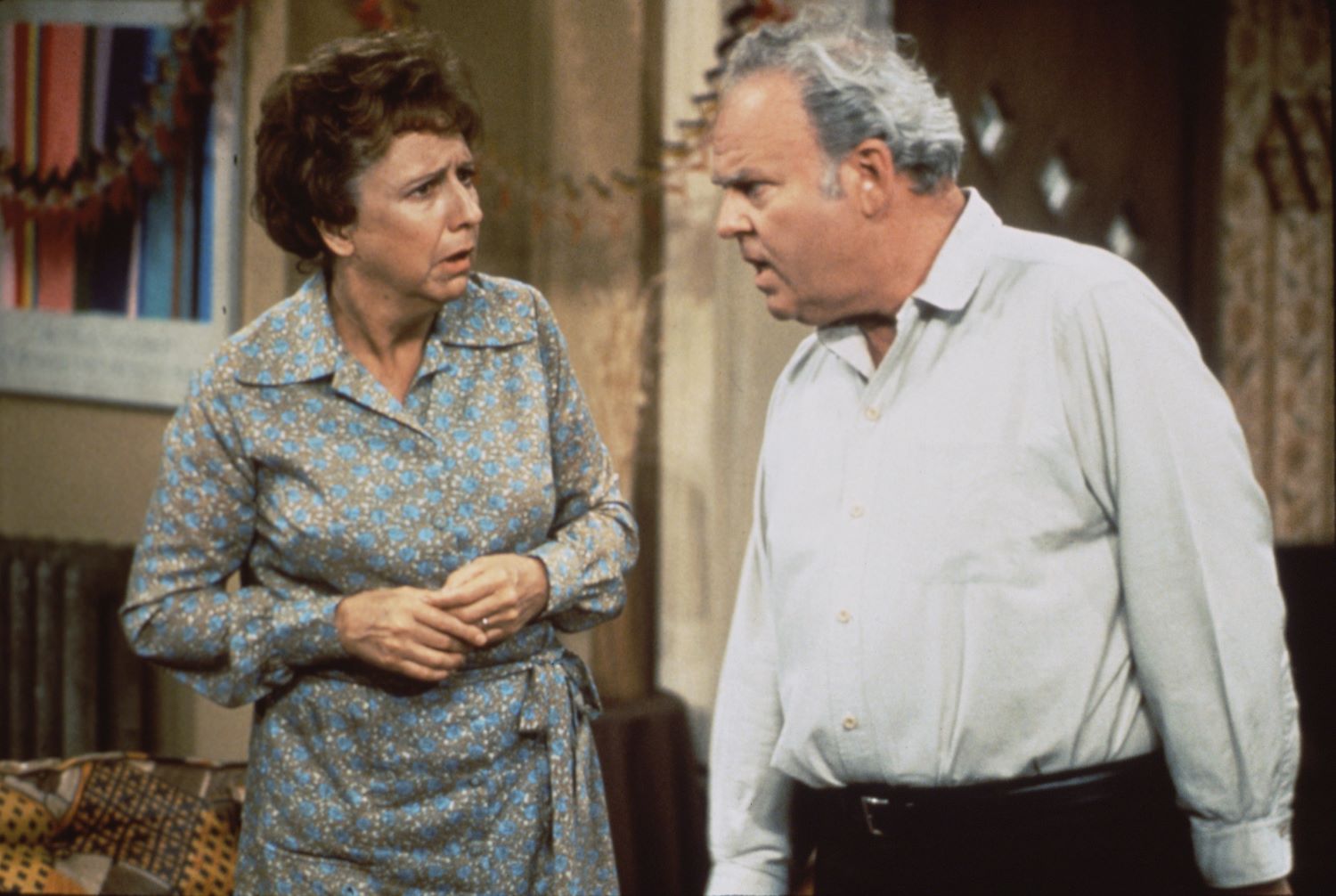
Archie Bunker actor O’Connor rewrote every word of the show’s pilot episode
O’Connor spoke with the Television Academy Foundation in 1999 about his decision to rewrite the complete pilot episode of the comedy. As he put it, he “thought it was terrible,” and felt that if Lear didn’t like his new script, the producer “can get somebody else [to play Archie].”
The actor said that, because he didn’t have someone on hand to type out his edits, he recorded himself speaking all of the characters’ lines.
“I rewrote the script all in pencil,” O’Connor explained. “I had no typist so I recorded the entire script on a tape, playing all the parts. Edith, the Meathead, Archie of course, the Black kid from next door. I brought that tape and I gave it to Norman. He put it on a machine and played the tape. It was a complete rewrite. He gave the tape to his secretary and said, ‘Transcribe this,’ she made a script out of it, and that’s the script we did.”
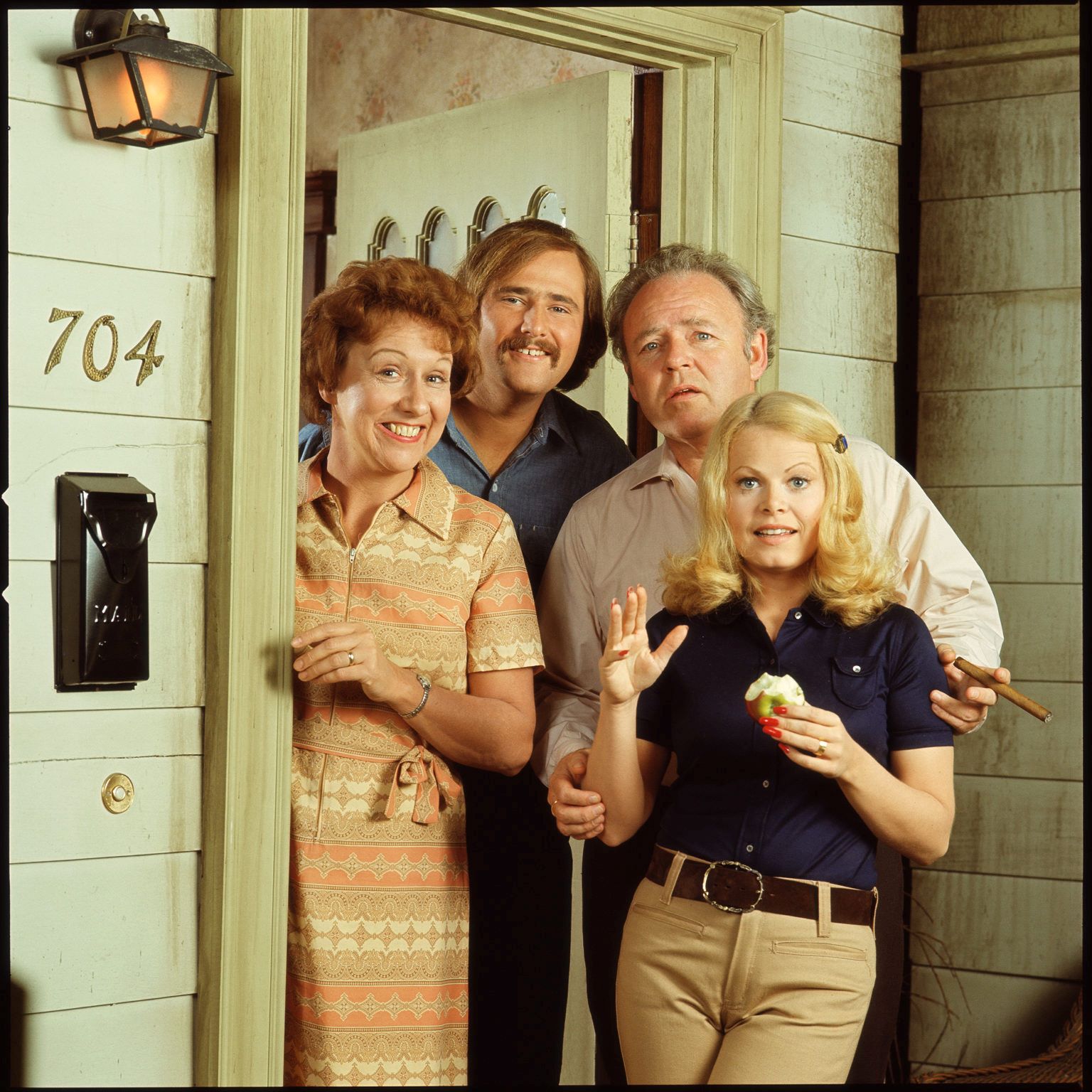
CBS Photo Archive/Getty Images
Lear’s ‘joy’ in finding Archie Bunker was soon tempered
In Lear’s version of events, the show’s creator and producer wrote in his 2014 memoir Even This I Get to Experience of wanting to “run into the street shouting for joy” when he realized he’d found the actor who could breathe life into Archie Bunker.
His joy, however, was followed by the sobering reality that O’Connor was an extremely collaborative actor, with frequent edits, changes, rewritings, and criticisms of the writers’ scripts – and of Lear.
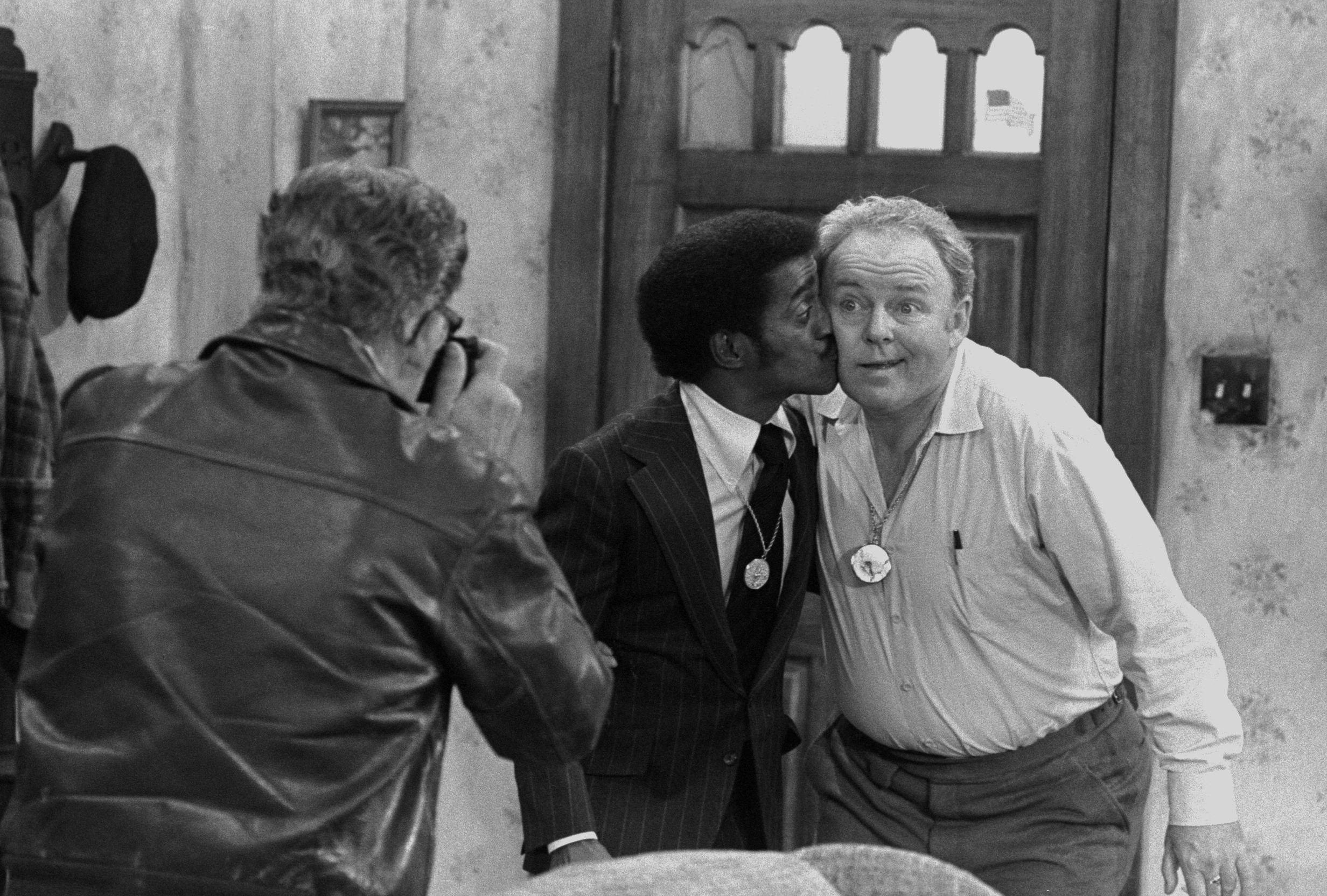
After offering the actor the role, Lear wrote, O’Connor two days later “came to talk further about the script. He’d ‘done a little work on it,’ he said, and hoped I liked it. Actually, he had rewritten the first act entirely, the second act to come. And now, I had the first of hundreds of difficult moments with Carroll O’Connor, many of them extremely difficult on both sides. At times, they were murderously difficult.”
O’Connor and Lear butted heads but in the end there was love and respect
The two men continued to be at odds throughout All in the Family but at O’Connor’s 2001 death, a mutual respect and admiration was revealed.
“For the next eight years, Carroll would continue to dislike every script at the start. It was nothing but fear, and blind anger was his only defense,” Lear wrote, noting that despite their difficulties working together, he remained in awe of O’Connor’s work.
“As difficult and often abusive as Carroll could be, his Archie made up for it and I could kiss his feet after every performance,” Lear said.
When O’Connor died in 2001, Lear paid a visit to his widow Nancy who took him to her husband’s office in their home. On his desk was a letter Lear had written the actor on his birthday, a letter the Maude creator said brought him to tears.
“In [the letter], I’d explained how, despite our constant disagreements, I so deeply respected him as a talent and so loved the character he created for the character I’d created,” Lear wrote.
“Nancy allowed me to read my letter and stood by as I cried,” he continued. “She told me that Carroll had put it on his desk the day it arrived years earlier. And it was there in the same place the day he died.”
